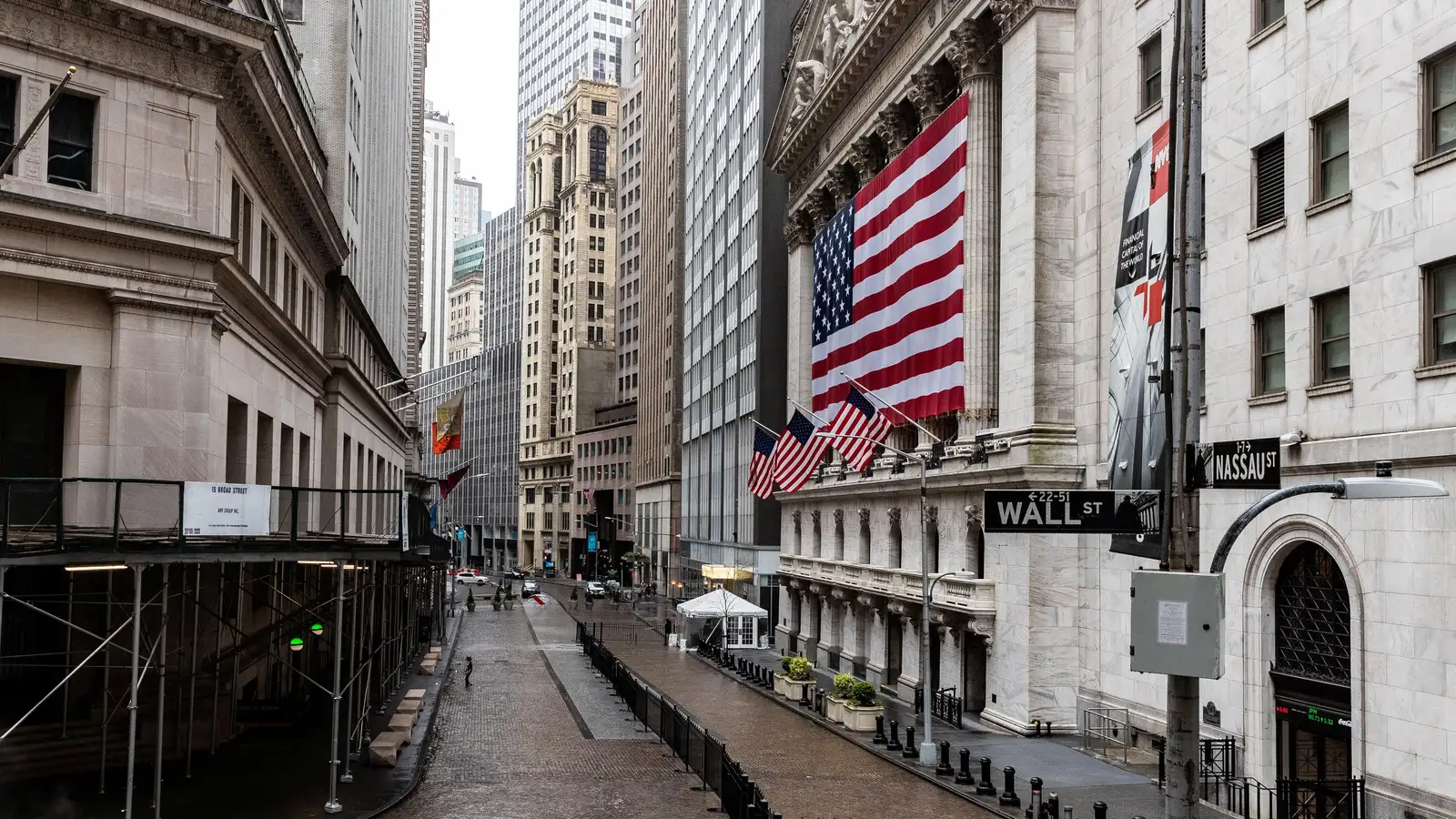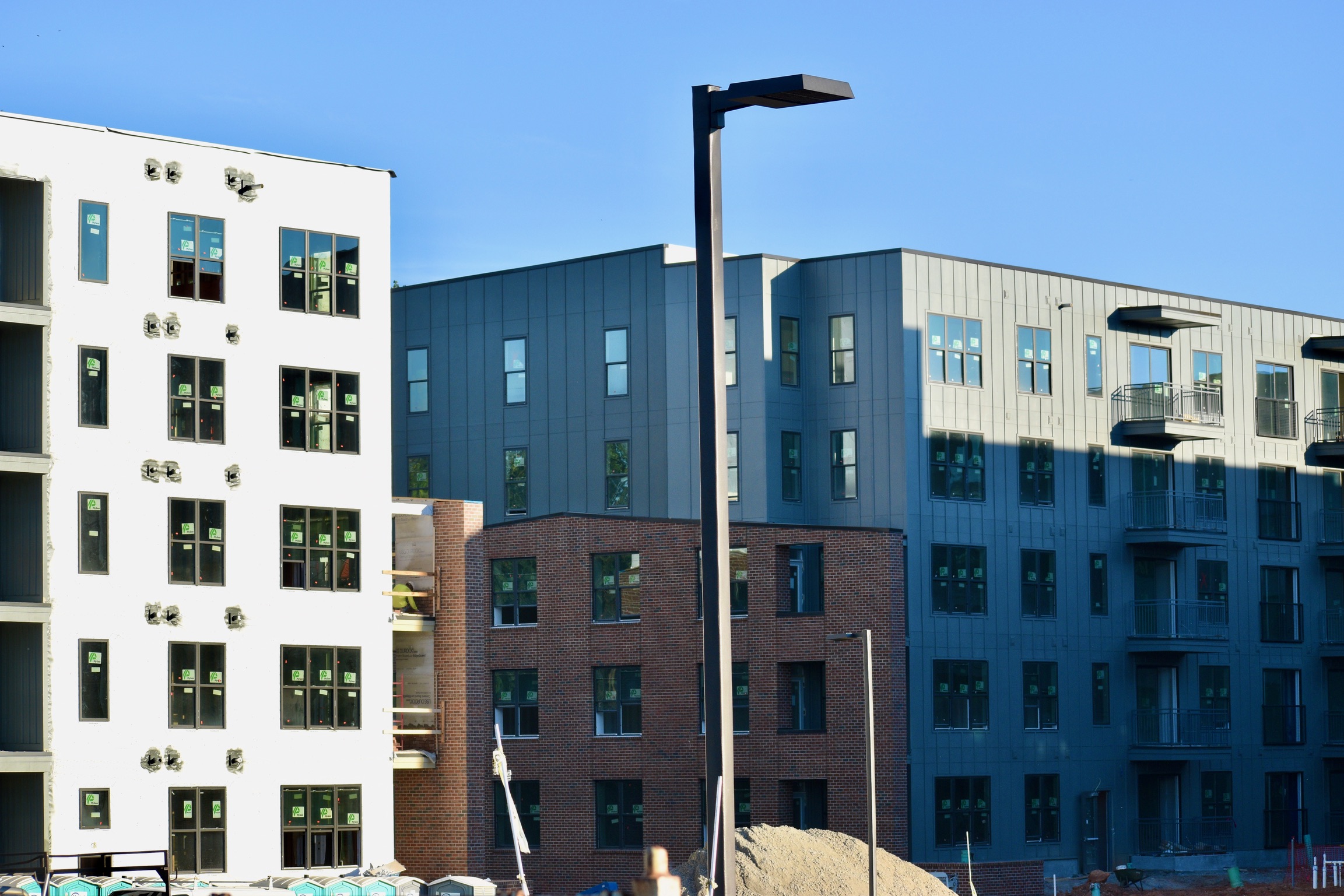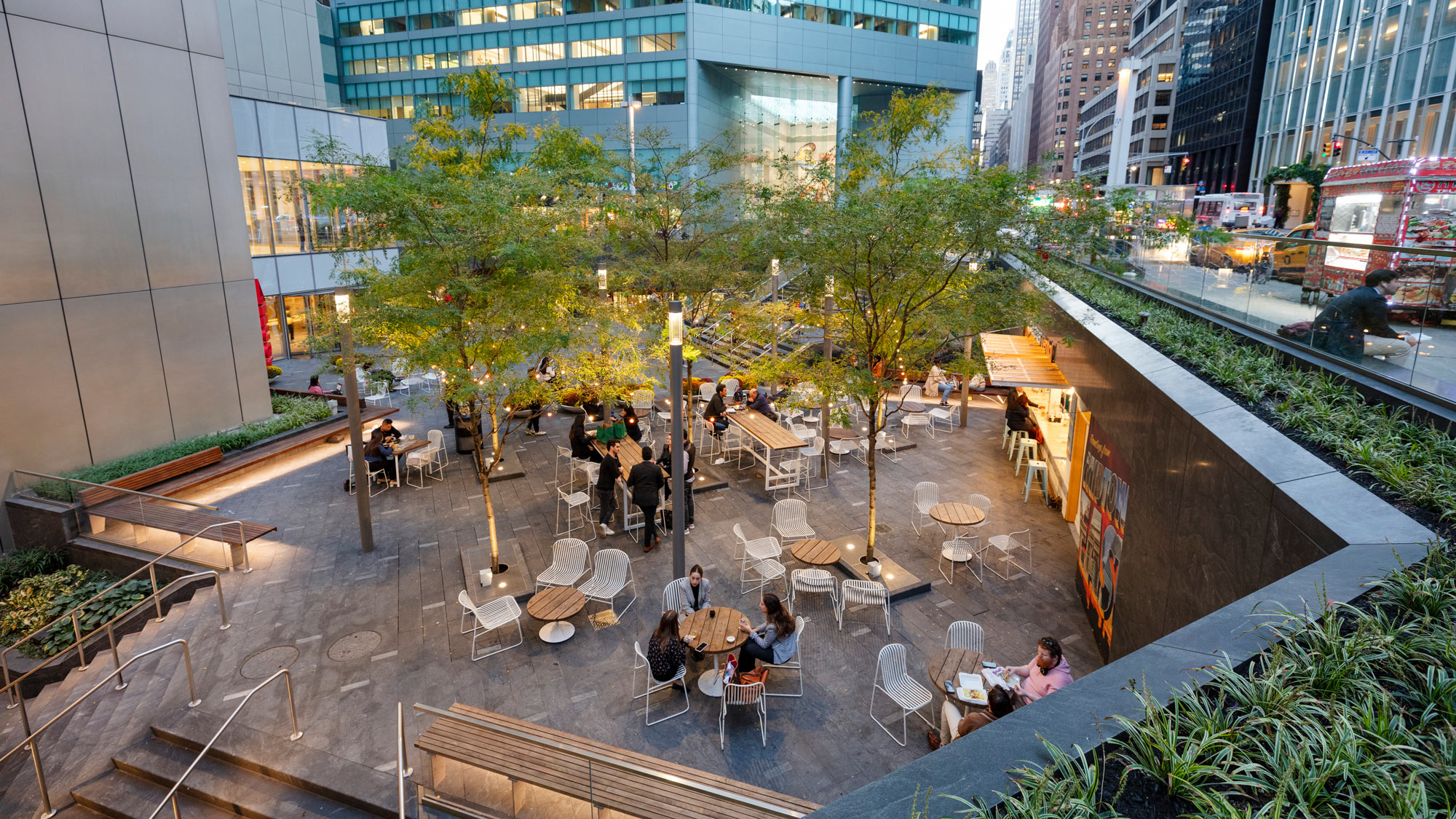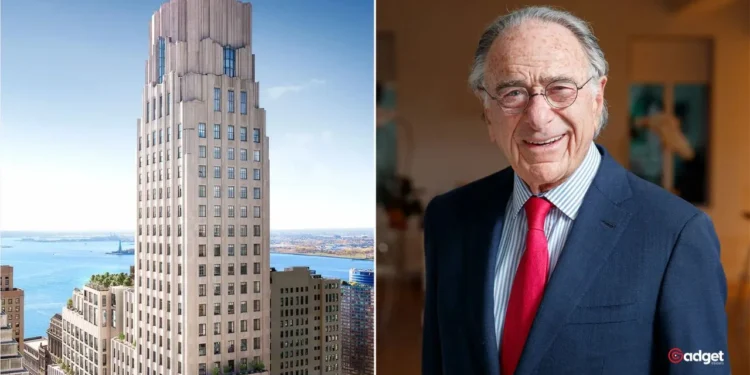New York City’s skyline may be poised for a dramatic transformation, not through the construction of new skyscrapers, but through the repurposing of its older, now vacant office buildings into residential units. This ambitious plan, however, hinges on navigating the complex political landscape dominated by a resistant City Council.

A Dire Need for Housing
New York City is in the throes of a severe housing crisis. The Regional Plan Association estimates that the city will need 473,000 new apartments by 2032 to accommodate its growing population. Yet, the current pace of construction is woefully inadequate, with only 11,000 new units built last year, a sharp decline from the 45,000 units constructed in 2022.
The Proposal: A Shift in Urban Strategy
The proposed solution to this crisis is as innovative as it is necessary: converting obsolete office buildings into residential units. This idea is not without precedent; Chicago recently initiated a program offering substantial subsidies to landlords for similar conversions. However, New York City’s challenge is uniquely daunting due to its larger scale and the sheer number of buildings that could be transformed.

Overcoming Regulatory Hurdles
The biggest roadblocks to these conversions are not financial but regulatory. Current zoning laws severely restrict which buildings can be converted, largely excluding those constructed after 1961, or after 1971 in parts of Downtown Manhattan.
Proposed changes would relax these restrictions significantly, allowing buildings erected as recently as 1991 to be eligible for conversion, and would expand the eligible areas to nearly 90% of the five boroughs.
“New York is taking on this challenge on a city-wide basis, throwing a lifeline to struggling office spaces in every borough, and enabling a variety of buildings to convert to new housing in the process. It’s a win-win,” City Planning Commissioner Daniel Garodnick explained.
Political Obstacles and the Role of Leadership
Despite the apparent benefits, the plan’s success largely depends on Mayor Eric Adams’ ability to push it through a reluctant City Council, which has been keen on curtailing his powers. The mayor faces opposition from various fronts, including union concerns that conversions could lead to job losses and NIMBY-minded council members who view neighborhood changes as threats.
“This will be a defining moment for Adams,” a political analyst remarked. “He talks about a ‘City of Yes,’ but his ‘Get Scaffolds Down’ campaign has yet to make a significant impact.”

Economic Implications and Potential Gains
The economic benefits of such conversions could be substantial. Not only would this approach relieve the strain on the city’s housing market, but it would also rejuvenate neighborhoods with increased residency, potentially revitalizing local economies.
The state has already taken steps to encourage these conversions by offering a 90% tax exemption to landlords who convert office towers to rental apartments and designate 25% of the units as “affordable.” SL Green CEO Marc Holliday, planning to convert 750 Third Avenue, predicted, “the so-called 467M program will generate 20 million to 40 million square feet in new apartment creation.”

A Critical Juncture for New York City
The ongoing reviews by borough presidents and community boards are crucial, with the Council likely to vote on the proposed changes by year’s end. As New York City stands at this critical juncture, the decisions made now could shape its urban landscape for generations to come, potentially serving as a model for other cities facing similar challenges.
Mayor Adams’ ability to navigate this complex issue will not only define his tenure but also determine the future livability of the city.










